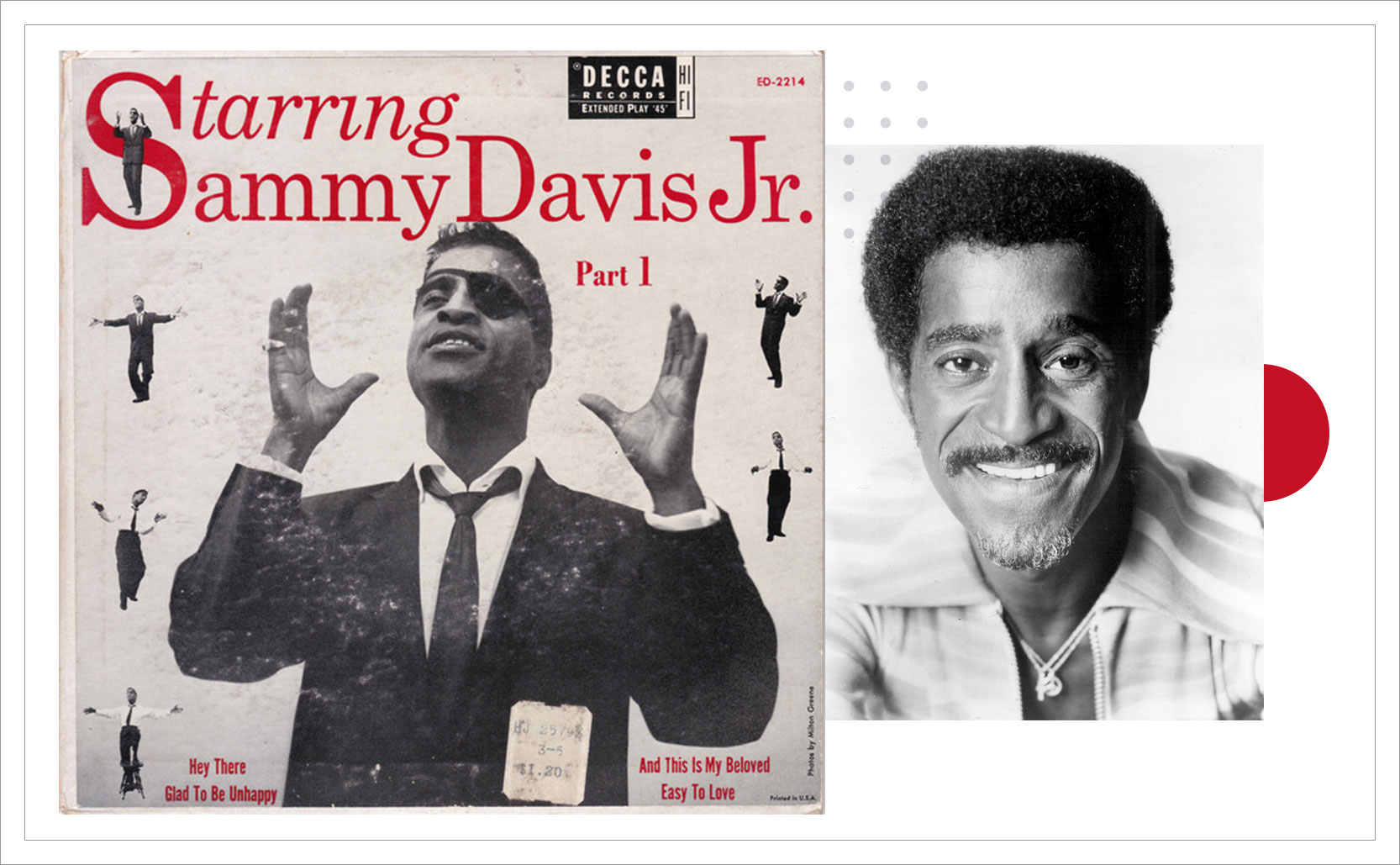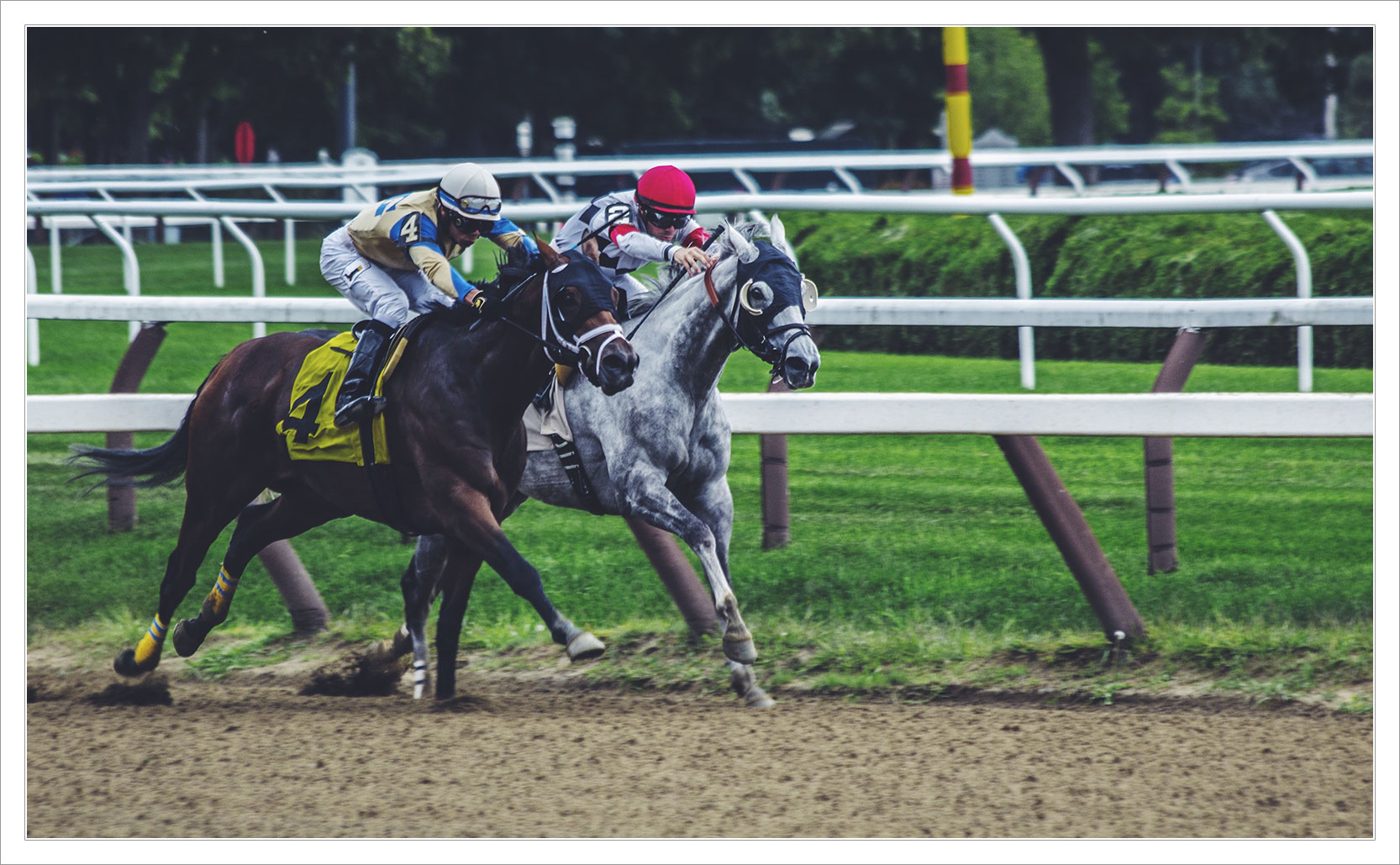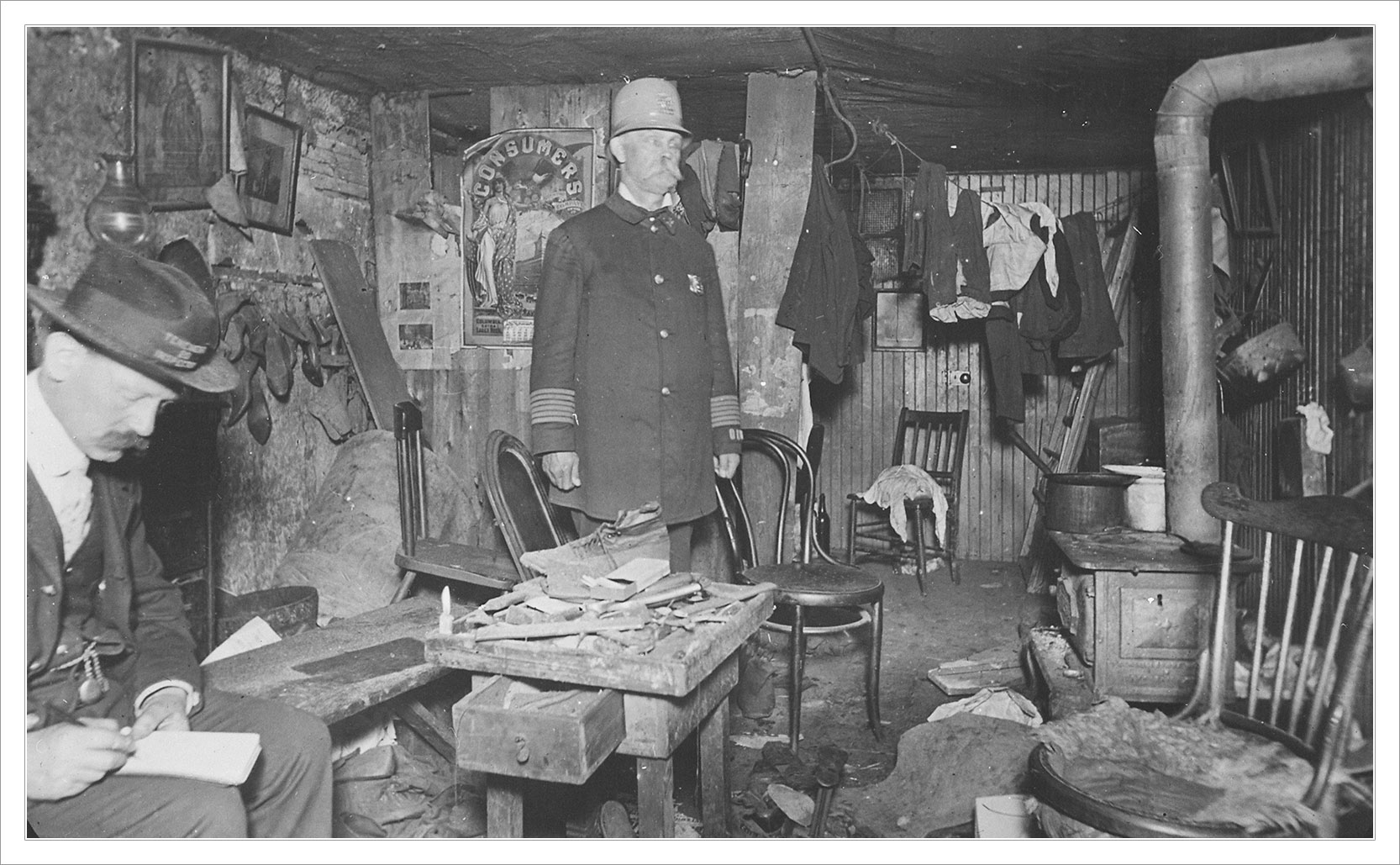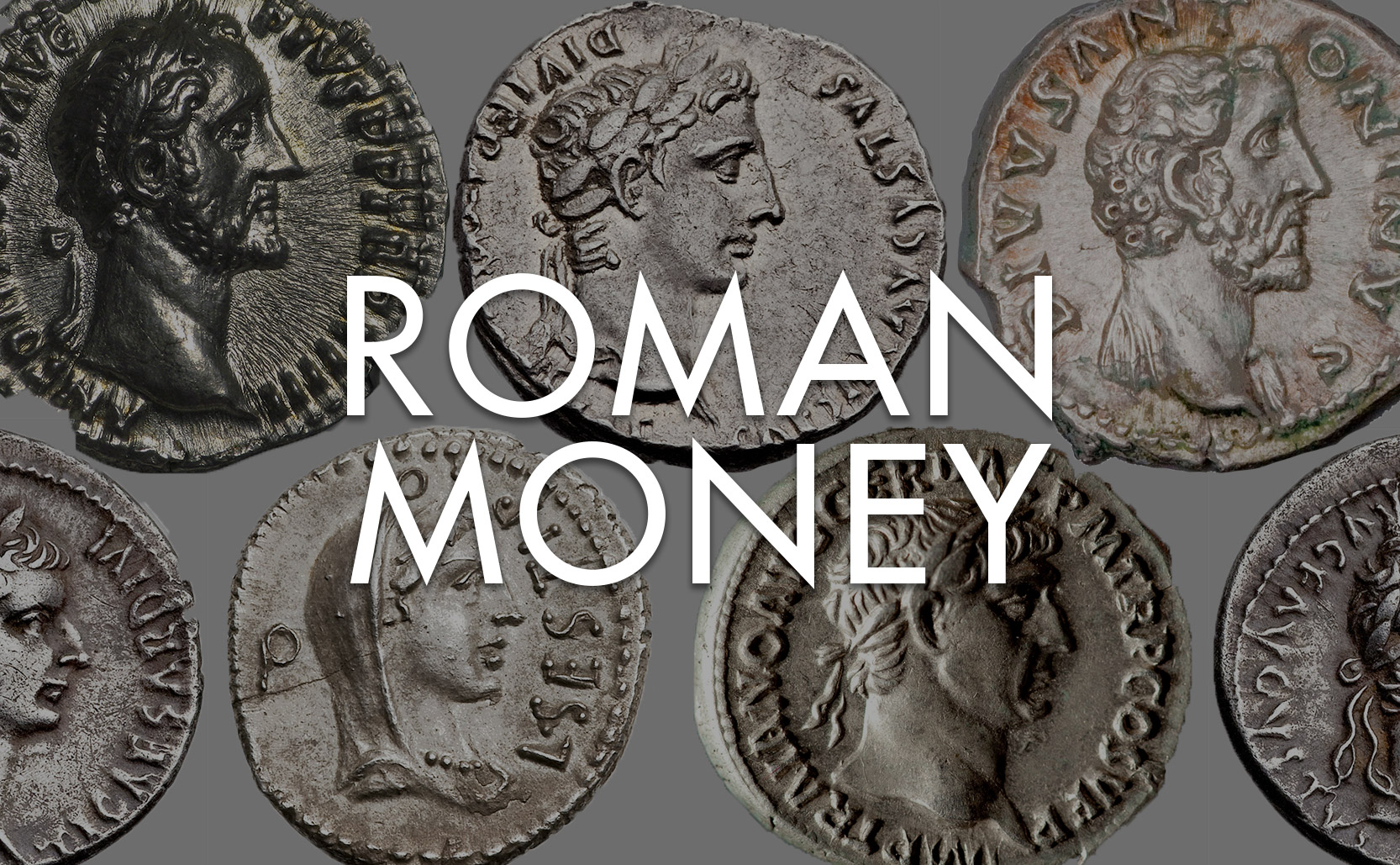the 1954 Eldorado Bullet Wheel
Sammy Davis Jr. lost his eye on the steering wheel of a 1954 Cadillac Eldorado.
The Cadillac Eldorado (named for the mythical tribal chief / city of gold) began production in 1953. It was decorated with aeronautically inspired fins and conical “bullets”, as was the style at the time. The “Dagmar bumper” was the chrome front bumper that had two decorative bullet projections, named for the buxom American actress Dagmar. Included in this ‘50s bullet styling was a hard bullet shape at the center of the steering wheel, nicknamed “the bullet wheel”. The car had no seat belts.


Sammy Davis Jr.’s career as a song & dance man started when he was a child in the 1930s. In the early 1950s his career was on the rise and he was performing in the clubs of Las Vegas while also working on projects down in LA. On November 18, 1954 Davis and his valet Charles Head left the New Frontier Hotel & Casino in Las Vegas in Davis’s Eldorado to drive through the night to Studio City in LA the next morning.
Helen Boss was a widower from Akron, Ohio that liked to live as a snowbird, traveling to LA in the winters to avoid the cold of Ohio. She was traveling down Route 66, not far from San Bernadino around 7:00am on November 19th, when she missed her turn. Instead of turning the car around she simply put it in reverse and went backwards to the fork in the road where she went wrong. At the same time Sammy Davis Jr. was driving the same road and before he realized the car in his lane was driving backwards, slammed directly into the back of Boss’s car.
The Accident
The resulting accident sent people flying. Charles Head, who had been sleeping in the backseat, was launched into the front seat where he broke his jaw. Helen and her friend broke bones when they were sent into the backseat of their car. The V-8 engine of Davis’s car was pushed backwards into the dashboard as Davis was sent forward, his head colliding with the steering wheel. He hit his head hard enough that he dislocated his left eye on the bullet portion of the wheel.
The accident was a front-page story around the country. This brush with death, combined with a visit by a rabbi chaplain, led Davis to convert to Judaism. In the hospital Davis’s damaged eye was removed by doctors. He wore an eye patch for the next few months. His debut album, Starring Sammy Davis Jr., was released the following year and the album cover features Davis wearing an eye patch. Eventually he switched to a glass eye. Later in life Davis would say “I’m a one-eyed Negro who’s Jewish.”

Form Follows Function
In the words of architect Louis Sullivan, “Form follows function”. The bullet wheel was a costly example that the style of the steering wheel (its form) was less important than its purpose (its function). Looking cool was less important than being useful & safe. After Davis’s accident the Eldorado’s bullet wheel was discontinued and replaced with a safer design.




















